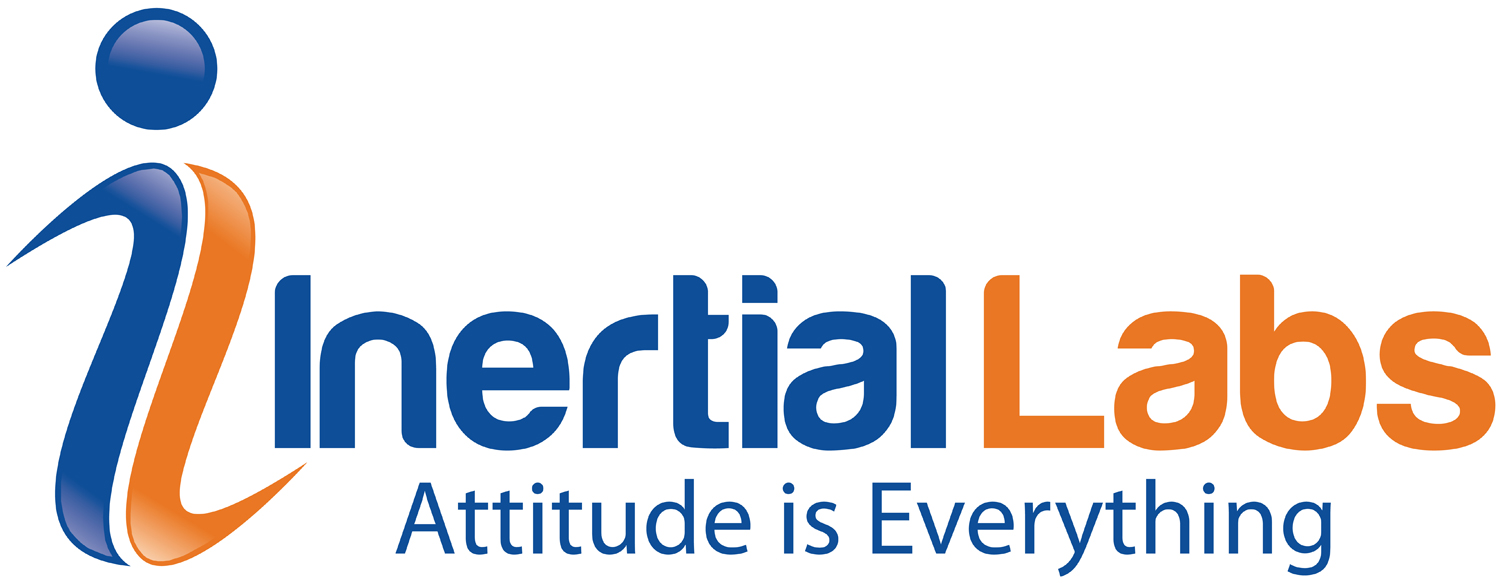Purpose: To understand how to use RINEX data as base corrections when processing data with Inertial Labs RESEPI PCMaster software.
Read More
Topics:
Correction,
RESEPI,
Base,
RINEX
Purpose: To understand the different GNSS correction services that can be used to enhance the performance and precision of the INS-DU.
Last Updated: October 2020
There are 2 different categories of GNSS correction services. These categories are based on either the State Space Representation (SSR) or Observation State Representations (OSR) of the errors. Both categories solve the same problem, but each use different techniques, delivery mechanisms, and core technologies to do so. Both SSR and OSR correction services are used to mitigate key GNSS errors (i.e. orbits, biases, clocks, etc.) in order to enable high precision GNSS performance.
Read More
Topics:
INS,
GNSS,
receiver,
Service,
Correction,
INS-DU
Purpose: Global Navigation Satellite Systems (GNSS) such as GPS or BeiDou can sometimes have confusing terminology. This knowledge base document will explain some of the most commonly used terms regrading GNSS
Last Updated: September 2020
Constellation: A constellation is the collection of satellites that make up a particular system. Some examples of constellations are: GPS, BeiDou, Galileo, and GLONASS.
Read More
Topics:
Constellation,
GPS,
GNSS,
BeiDou,
GLONASS,
Galileo,
Signals,
Frequencies,
Correction
Purpose: To understand how to arrange RTK corrections for an INS with included RTK.
Last Updated: July 2020
For Using Physical Base Station
To receive the observation data of a remote base station at the rover receiver of the INS and get the RTK solution, the user can use the STRSVR tool from the RTKLIB package.
Read More
Topics:
INS,
GNSS,
Input,
RTCM,
Correction,
RTK
Purpose: To understand how to use dual antenna INS as a single antenna INS.
Last Updated: June 2020
The user should unplug the second antenna and leave the primary plugged in. For reference the primary antenna port is labeled as “A1” on the device, and the secondary antenna port is labeled as “A2”. Then, change the heading correction type in the Graphic User Interface (GUI) from “Dual GNSS” to the one that fits your application. To do so, go to the “Options” tab and then select “Correction options” and then change the correction type.
Read More
Topics:
INS,
GNSS,
Heading,
Correction,
Dual,
Single
Purpose: To determine which type of heading correction is best for different applications of the INS.
Last Updated: June 2020
For INS-D/DL: The “Dual GNSS” type of heading correction can be used for any application that allows the installation of the INS and two GNSS antennas with a baseline of at least 1.5 m (it can be static, quasi-static, and slowly moving objects as well as objects with high dynamic). So, any application where two antennas can be installed with a clear view of the sky and less than 1.5 meters away from one each other. When Dual GNSS type is used, the algorithm starts as soon as the GNSS receiver provides a heading solution.
Read More
Topics:
INS,
INS-D,
INS-DL,
INS-B,
INS-P,
GNSS,
Heading,
Magnetometer,
Correction
Purpose: The purpose of this Knowledge Base article to is outline a few commonly seen issues and fixes that surround large GNSS position errors seen internationally. It is important to note that these issues are not at the fault of Inertial Labs products, but satellite line of sight issues, and satellite correction services.
Read More
Topics:
MRU,
INS,
receiver,
Error,
Position,
EGNOS,
WS,
SBAS,
Correction



